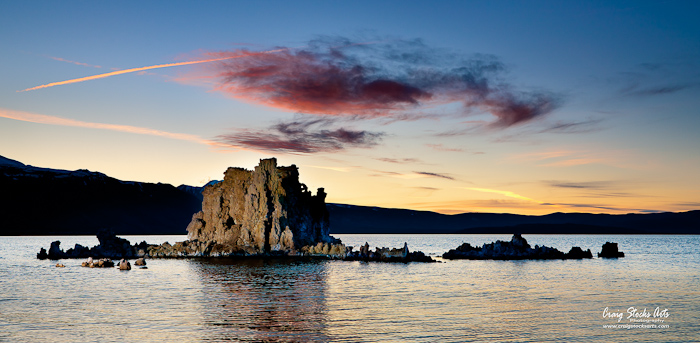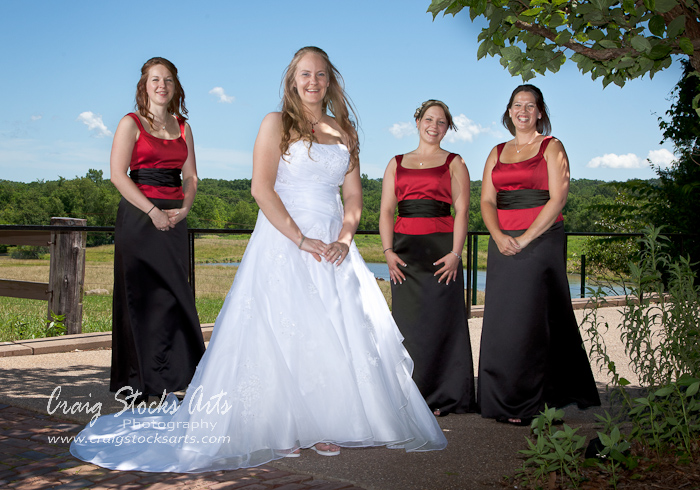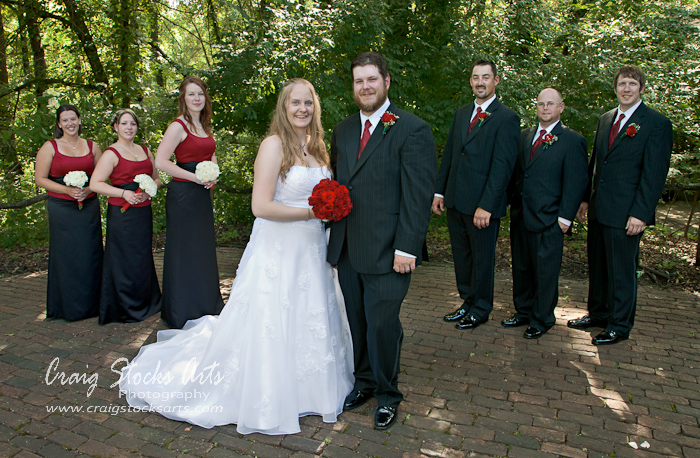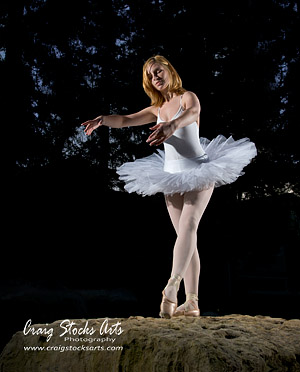 Among photographers, Ansel Adams is known as much for his masterful darkroom technique as for his photography. He once said that the negative is the score and the print is the performance. Being a musician as well as a photographer, he understood the similarities of the processes. Like the musical score, the negative doesn’t change. But translating the negative into a finished image is a very personal thing, Given the same negative, different expert printers will produce different prints, sometimes drastically different. The same person may print an image differently from day to day, or year to year. And even if you try to make two identical prints, there may be differences.
Among photographers, Ansel Adams is known as much for his masterful darkroom technique as for his photography. He once said that the negative is the score and the print is the performance. Being a musician as well as a photographer, he understood the similarities of the processes. Like the musical score, the negative doesn’t change. But translating the negative into a finished image is a very personal thing, Given the same negative, different expert printers will produce different prints, sometimes drastically different. The same person may print an image differently from day to day, or year to year. And even if you try to make two identical prints, there may be differences.
How many people really appreciate a good, well-finished photograph? I believe overall print quality is declining, and with it, peoples’ expectations are lower than ever. In this digital age, most photos are never actually printed, they’re simply viewed and shared on a computer. So, I’m really talking about finished image quality, not just physical print quality.
They say that if you want to produce good finished images, you have to look at a lot of good finished images to know what one looks like. I think that’s true for everyone. The more good images we see, the better we can judge. I’m afraid the converse is true as well, the more we’re exposed to lower quality, the lower our expectations become.
In the “old days” nearly every image we would see was done by a professional photographer, and most were processed into printed form by a darkroom or graphics expert . Newspapers, magazines, and billboards were the most common media, and all images were professionally prepared. Most photos that were framed and hanging on walls were done by professional portrait or wedding photographers, and printed by custom labs that specialized in serving the photo industry. The only exceptions were our family snapshots and slide shows, but how often did you really look at snapshots? We probably saw thousands of high-quality images in a week, and maybe a handful of snapshots. We were accustomed to looking at well executed images.
Today, our online world is different. E-mail, Facebook, Flickr, and all of the other online photo sites specialize in sharing our snapshots. News organizations frequently publish bystander cell phone photos. The majority of images we see on a daily basis are snapshots, so we get used to that level of image quality.
Even the commercial, online sources don’t seem to have the level of quality control that magazines had. Maybe they can’t afford the cost, or the time. Look at the array of images you’ll find on Yahoo for instance. Rather than looking at closely at each image, back up and look at the page overall. The density and color balance of the images won’t match. Some will be too red, others too yellow or green.
And, of course, everyone’s monitor is different. What looks good on your monitor may look terrible on mine. To really judge an image on a computer, you need a large, high resolution monitor that’s been properly calibrated and profiled. The only way to see an image the way the photographer intended is to see a physical print done by the artist.
As good as they are, cameras don’t make finished images. With the high quality of today’s digital SLR cameras, it really doesn’t matter which camera you use. They’ll all produce a good starting point. Whether on film or digital, capturing a good photo requires a certain set of skills, composition, lighting, exposure, posing, etc. Making a good finished image is another set of skills. The best photographers have mastered both sets of skills.
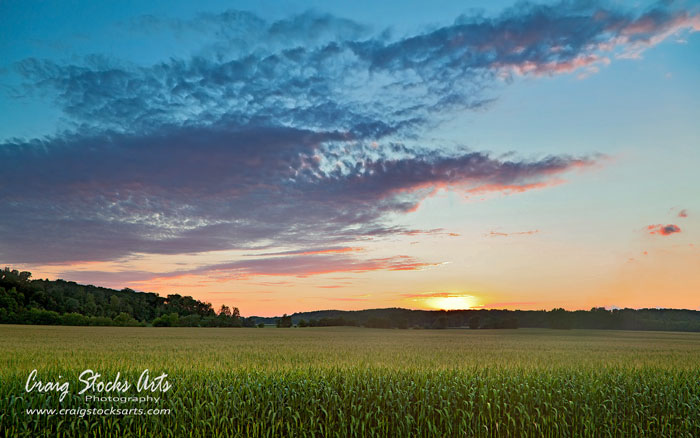

 Among photographers,
Among photographers, 
